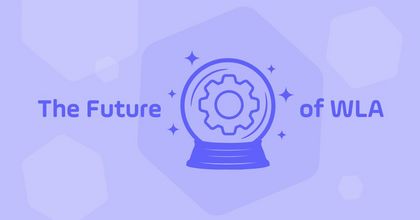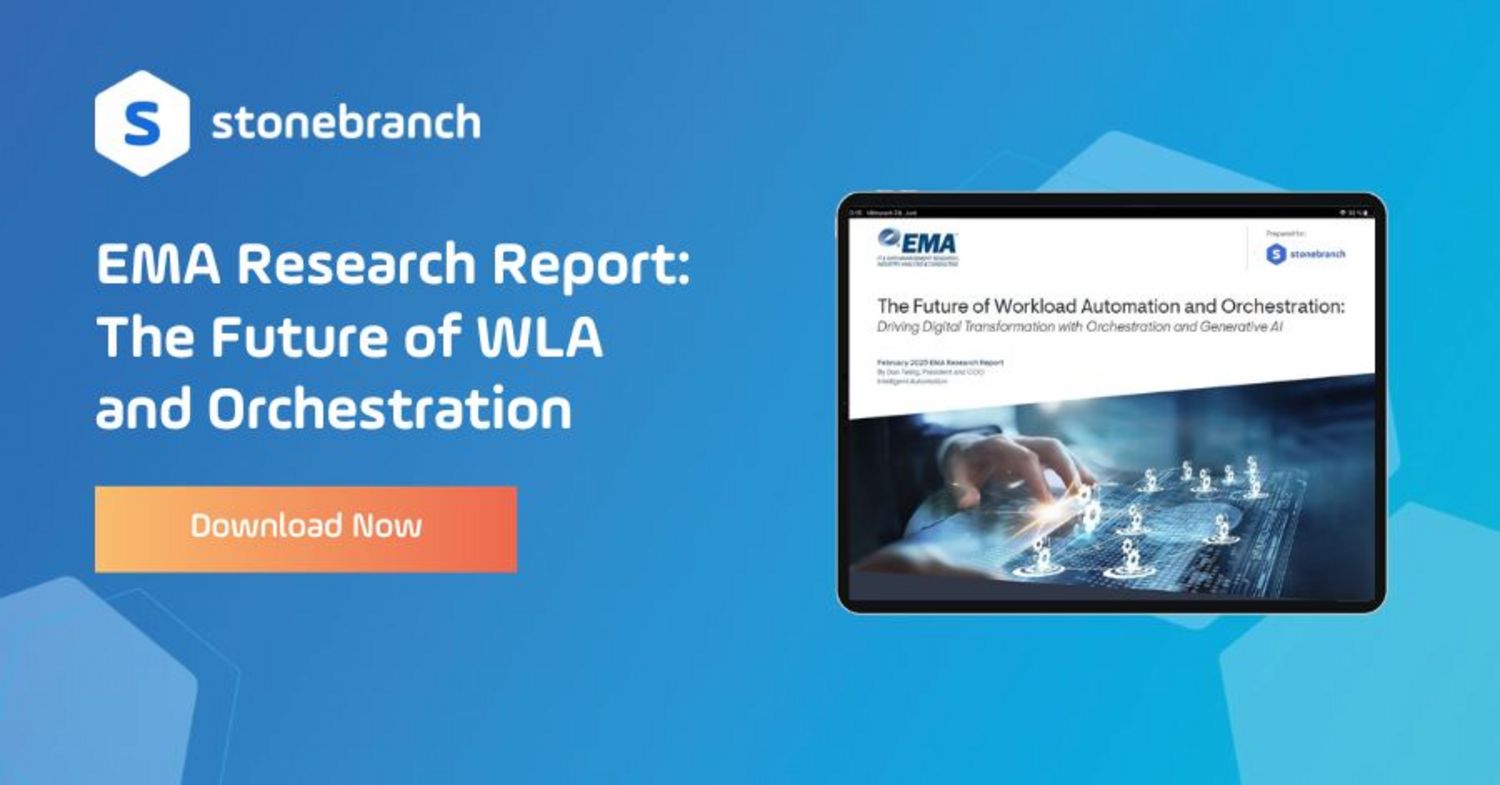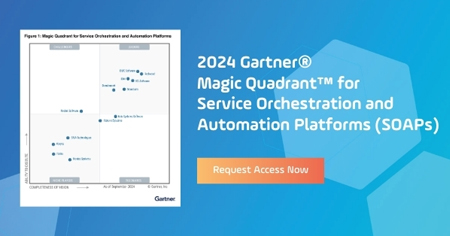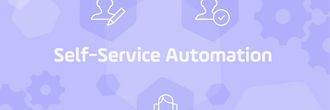The Future of Workload Automation: Three Strategic Priorities for IT Leaders
Orchestration, AI, and cloud automation are transforming the world of workload automation. Stay ahead with strategic insights to future-proof your operations.

Workload automation (WLA) has evolved from an IT utility into a strategic enabler of hybrid IT success. The latest EMA research report highlights how organizations are modernizing WLA to meet growing business demands — with orchestration, AI, and cloud automation leading the way. Let’s take a look.
Key Findings: The State of WLA in 2025
Enterprise Management Associates (EMA), a leading IT research and consulting firm, recently released the research report The Future of Workload Automation and Orchestration: Driving Digital Transformation with Orchestration and Generative AI. The report examines how workload automation (WLA) is evolving to support modern enterprise needs — highlighting emerging trends, challenges, and best practices to scale automation.
Based on insights from 421 industry professionals, EMA identifies several key findings. Below is a partial summary of four of the six key findings from the report:
- WLA Use Cases Are Expanding: WLA now powers event-driven workflows, application releases, and business process automation (BPA). AI, self-service, and low-code tools are enabling more users to automate tasks throughout the organization. However, security, skill gaps, and integration challenges remain key barriers for some.
- CoEs Help Scale Automation: 78% of organizations have formal or informal automation centers of excellence (CoEs) to standardize automation efforts. A hybrid model, combining centralized governance with decentralized execution, allows businesses to scale automation efficiently.
- AI is Reshaping WLA: With 70% of organizations planning AI adoption in the next year, AI-driven automation is becoming a priority. Intelligent workflows will soon help optimize workloads, predict failures, and support self-healing systems, making automation more adaptive and accessible.
- Orchestration is the Future: Modern enterprises need more than automation — they need end-to-end orchestration to coordinate workflows across cloud, hybrid, and legacy on-prem environments. AI and observability enable real-time optimization and predictive decision-making, making orchestration the backbone of digital transformation.
Strategic Recommendations to Stay Ahead
To help IT leaders navigate these evolving trends and challenges, EMA outlines three key strategies to future-proof operations and maximize the value of workload automation.
1. Prioritize Orchestration Over Automation
WLA is no longer just about automating tasks — it’s about orchestrating workflows across cloud, on-prem, containerized, and hybrid IT environments. Effective orchestration aligns IT and business processes into end-to-end workflows that are adaptive, scalable, and integrated across systems.
Put Orchestration into Action
- Add event-driven triggers to your workloads: Respond to real-time business and IT events across hybrid environments.
- Unify workflows across IT and business systems: Integrate applications, databases, and cloud services into a single orchestration layer.
- Scale cloud resources based on utilization: Use orchestration to dynamically allocate compute resources based on demand and system health.
Organizations that embrace orchestration gain agility, operational resilience, and streamlined execution.
2. Invest in Observability and AI
AI-powered WLA is transforming automation from reactive to proactive. With predictive analytics, anomaly detection, and self-healing workflows, AI enables smarter, more efficient operations. Meanwhile, observability tools provide real-time visibility into workflows, helping IT teams optimize processes, prevent failures, and ensure performance.
Put Observability and AI into Action
- Detect anomalies in real-time: Build workflows that identify and resolve workflow issues before they impact operations.
- Set observability alerts and reports: Get real-time insights into system performance and compliance.
- Use predictive analytics for job scheduling: Optimize workload execution by forecasting resource needs and preventing bottlenecks.
3. Empower Decentralized Teams with Self-Service Automation
Automation is no longer just for IT. Business teams and citizen automators are increasingly leveraging automation tools. To scale automation effectively, IT should provide self-service capabilities while maintaining governance through automation CoEs. This approach fosters innovation while ensuring compliance, security, and consistency.
Put Self-Service Automation into Action
- Deploy a self-service automation portal: Give business users low-code and no-code automation tools to build workflows without IT intervention.
- Create a governance framework for self-service automation: Define role-based access controls (RBAC), approval workflows, and compliance policies.
- Standardize workflow templates and best practices: Provide reusable automation blueprints to accelerate adoption across teams.
Looking Ahead: The Future of WLA is SOAP
The WLA tools of yesterday simply aren’t designed to make the leap into the future. Thankfully, the next evolution of WLA can be found in service orchestration and automation platforms (SOAPs).
SOAPs unify IT and business workflows across complex, hybrid environments. SOAP-driven automation empowers IT teams to move beyond static job scheduling and adopt event-driven, AI-enhanced workflows that dynamically adapt to business needs.
With AI-powered decision-making, observability, and self-service capabilities, SOAPs provide the agility and control enterprises need to manage modern IT operations at scale. With a SOAP, organizations can:
- Streamline end-to-end orchestration across on-prem, cloud, containerized, edge, and hybrid environments.
- Enable real-time, data-driven automation with AI and predictive analytics.
- Empower decentralized teams with self-service automation while maintaining oversight.
As enterprises continue their digital transformation journeys, SOAP is the foundation for modern workload automation, ensuring resilience, efficiency, and adaptability in an ever-evolving IT landscape.
In Summary
The next phase of WLA will be intelligent, orchestrated, and accessible to more teams across the enterprise. Organizations that prioritize orchestration will gain a competitive edge. Curious to learn more? Download the EMA research report here.
Start Your Automation Initiative Now
Schedule a Live Demo with a Stonebranch Solution Expert






